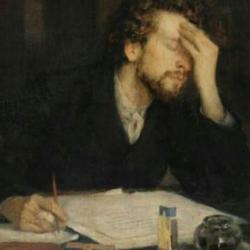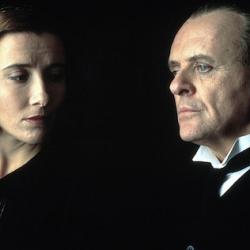John Podhoretz (Weekly Standard, March 2) admits that he giggled his way through Fifty Shades of Grey. The movie. He doesn’t seem in a giggly mood about the novels, which he describes as “the worst books I have every read all the way through.”
But Podhoretz spots a very traditional old story in the overheated S&M: Samuel Richardson’s Pamela.
He writes, “Grey’s ‘playroom’ is not a playroom at all. It’s a prison, even for him. He is in an endless cycle of punishment and self-punishment, owing to a Gothic early childhood with a crack-addict mother and sexual abuse at the hands of an older woman during his teenage years. He’s warped and traumatized; his hunger to control Anastasia [note the name!!] is a torment to him. The movie ends with her commanding him to stop. She has entered his life not to be his victim but to be his savior.”
Anastasia “must go through a very dark wood indeed to save her prince and take up residence in his castle. In this sense, Fifty Shades of Grey is a 21st-century update of Samuel Richardson’s Pamela. . . . Pamela is an innocent teenager being pursued and tempted and tormented by a lecherous older man known only as Mr. B [he becomes Mr. Booby in Fielding – PJL] whom she resists but does not entirely turn away, even after he nearly rapes her. Pamela’s purity eventually purifies Mr. B, and they marry.”
Fifty Shades is Pamela with things kicked up a notch. It answers the question of how to tell a story of feminine virtue “after the Pill.” Podhoretz writes, “Pamela is guarding her sexual purity with her life; Anastasia must guard the destruction of her core being. Mr. B wanted to reduce Pamela to the level of a harlot; Grey wants to reduce Anastasia to the level of a sexual slave. Neither girl allows it to happen.”











